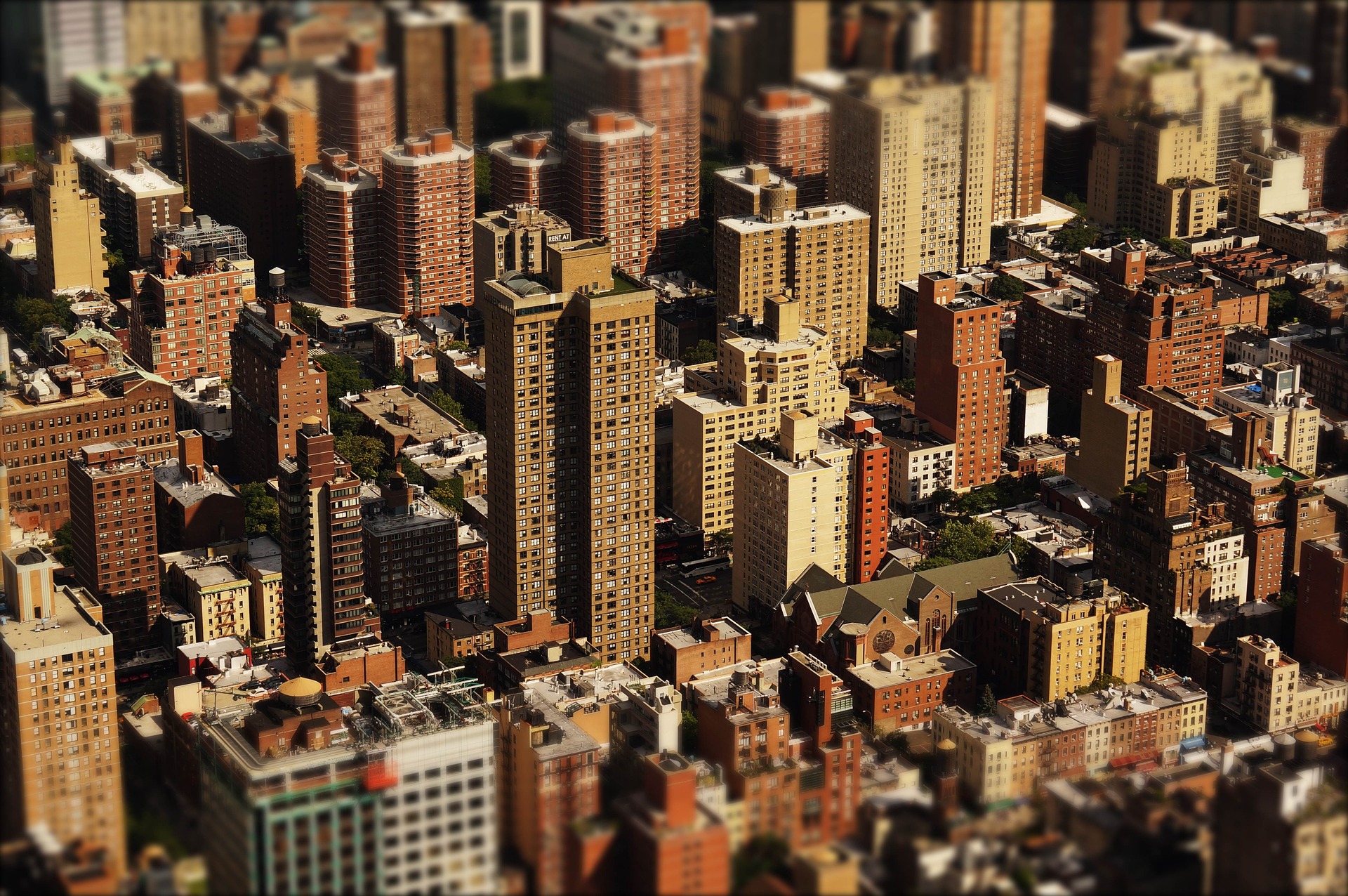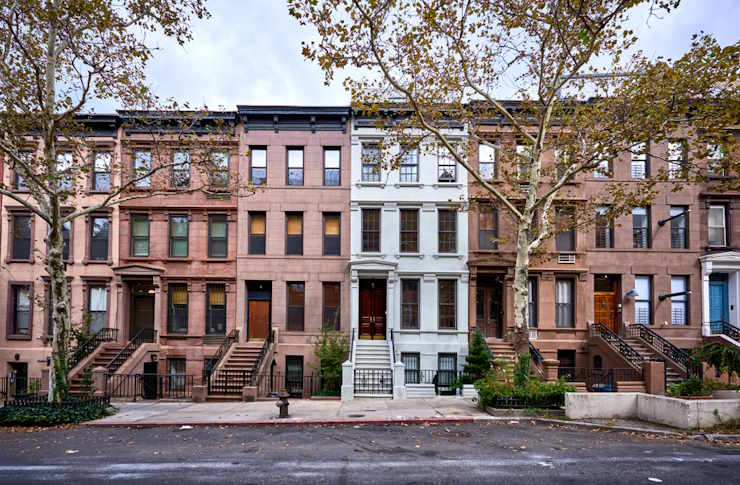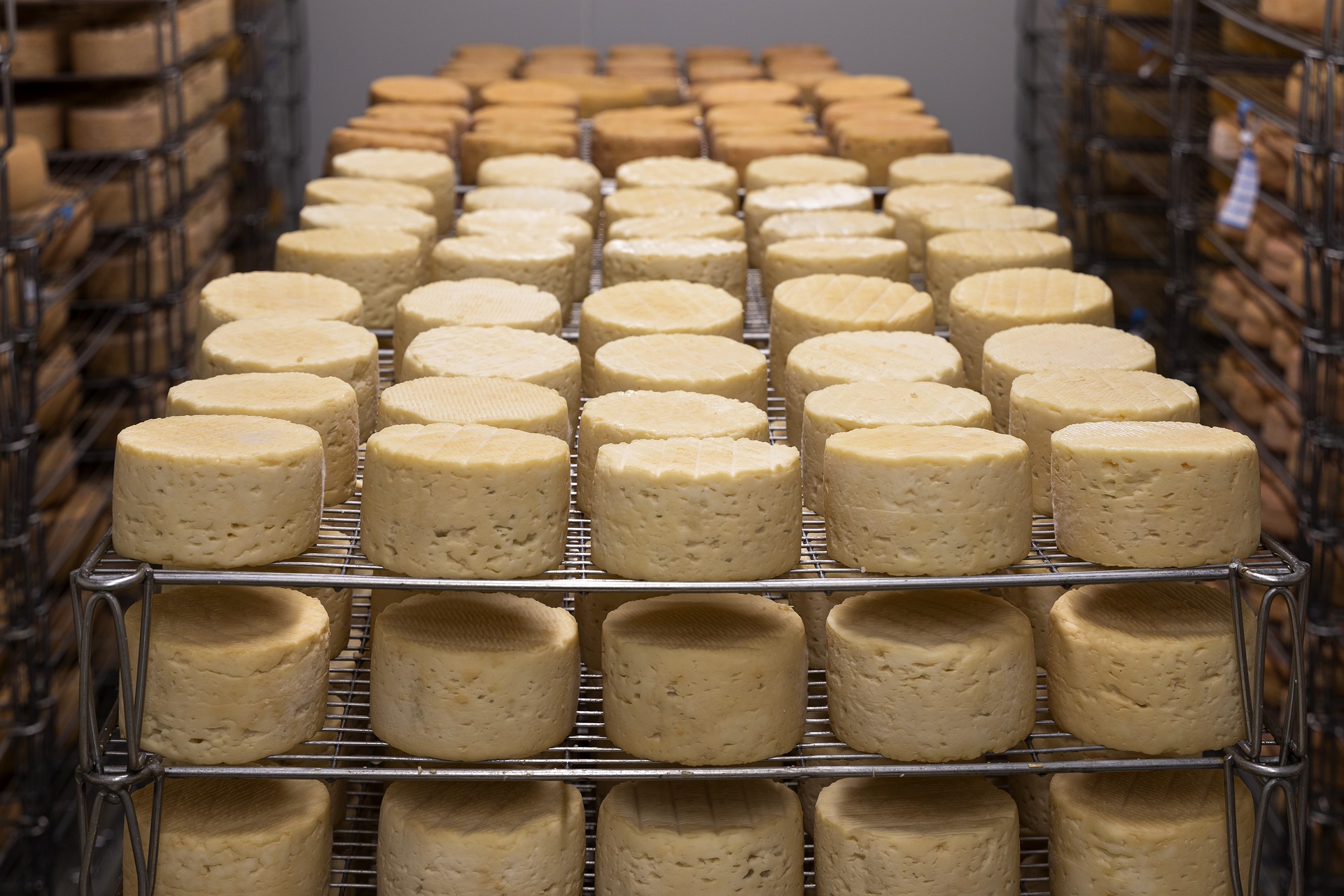City Life: The Rebirth of Urban Green Spaces
In an era of rapid urbanization, the rebirth of urban green spaces is a trend worth exploring. These spaces are transforming city life, offering a breath of fresh air in concrete jungles. Read below to dive into this invigorating phenomenon.

The Emergence of Urban Green Spaces
Urban green spaces are not a new concept; however, their value and role are being redefined in the 21st century. Whether it’s vertical gardens adorning skyscrapers or green rooftops offering serene retreats, urban green spaces are offering an eco-friendly makeover to our cities. These spaces are not just aesthetic additions; they are integral for sustainable urban living, mitigating pollution, reducing heat, and enhancing biodiversity.
The Socio-Economic Impact of Green Spaces
Green spaces are more than just visually appealing; they offer significant socio-economic benefits. Research shows that access to green spaces can improve mental wellbeing, reduce stress, and elevate mood. Economically, green spaces can boost property value and can even contribute to local economies through eco-tourism and job creation in the maintenance and management of these spaces.
Urban Agriculture: A Green Revolution
Urban agriculture is a rising trend within the sphere of urban green spaces. City dwellers are turning rooftops and vacant lots into productive gardens, contributing to food security and reducing carbon footprints. This trend is not only promoting sustainability but also fostering community bonding and instilling a sense of responsibility towards the environment among urban residents.
Policies and Initiatives Promoting Urban Green Spaces
Many cities worldwide are recognizing the value of urban green spaces and implementing policies to promote their development. From Singapore’s “Garden City” vision to New York’s “Million Trees” initiative, there’s a global push towards greener cities. These initiatives are shaping urban planning, encouraging the integration of green spaces in new developments and revitalizing existing urban landscapes.
Challenges and the Way Forward
Despite the numerous benefits, the development of urban green spaces has its challenges. Land availability, maintenance costs, and varying community needs can pose hurdles. However, innovative solutions like public-private partnerships, community-led initiatives, and adaptive reuse of derelict spaces can help overcome these challenges.
Useful Tips and Facts: - Green spaces can reduce urban heat island effect, a phenomenon where city areas are significantly warmer than their rural surroundings. - Urban green spaces can act as habitats for various species, promoting biodiversity. - Community involvement is key to the successful implementation and maintenance of urban green spaces.
In conclusion, the rebirth of urban green spaces is a trend that’s reshaping our cities and our lives. It’s not just about beautifying our neighborhoods; it’s about improving our health, boosting our economies, and promoting sustainability. As we continue to urbanize, let us also continue to green our cities, reimagining city life, one green space at a time.




